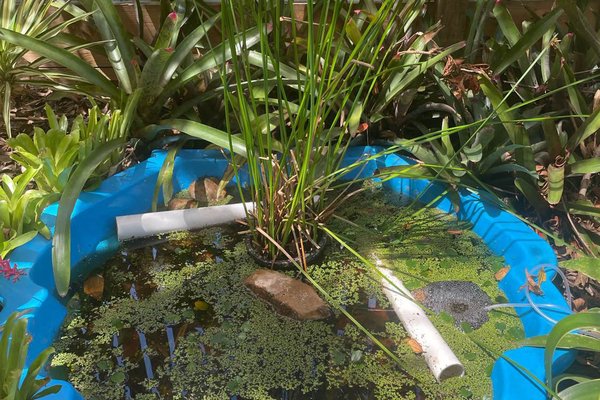Introduced Species: Friend or foe?
For a number of introduced species, this is undoubtedly the case. In Australia they have caused dramatic—sometimes catastrophic—changes to our native wildlife. Since 1770 more than 2800 weeds, 25 mammals, 20 birds, 4 reptiles, 1 frog, 34 fish, between 100 and 400 marine species and an unknown number of invertebrates have been introduced to Australia, many with dire consequences.
When a new plant or animal finds it way into an ecosystem, it can have a knock-on effect throughout the whole environment. These species may damage land and water resources, carry disease, prey on native species and compete with native plants and animals for food and shelter.
Our tendency is to view native species as natural, and therefore good and non-native species as unnatural, and therefore unwelcome. But is it all doom and gloom?

Native White Ibis or 'Bin chicken' outside the AMRI building
Image: Richard Major© Australian Museum
Some introduced species have been vital in the fight against biodiversity loss, control of invasive species and adaptation to climate change. For example, in a case where a native species that played a significant role in an ecosystem has become extinct, an introduced species can be a crucial part of conservation efforts.
Some native species, such as the White Ibis, are referred to by some as invasive pests while other successful non-native invaders, such as corn, wheat, and cattle are ones that we would never label as weeds or aliens. Some of our iconic native creatures were once introduced. The Dingo, for example, is an Asian wild dog that was brought to Australia by Asian seafarers about 4,000 years ago. So, is human perspective at the core of this issue?
Should we encourage a more open-minded consideration of the benefits of introduced species often perceived as evil? How should we manage for introduced species when they can be both a friend and a foe?
Check out this article: Elephants for the Bush?






